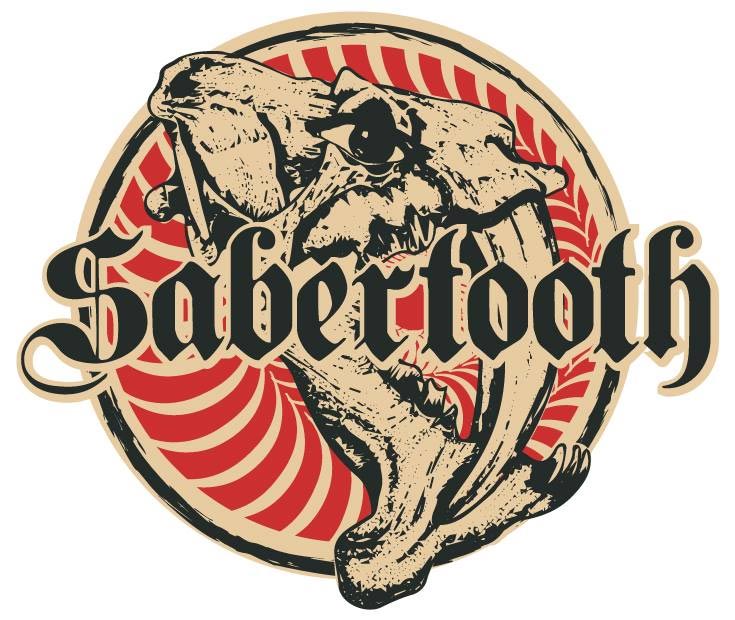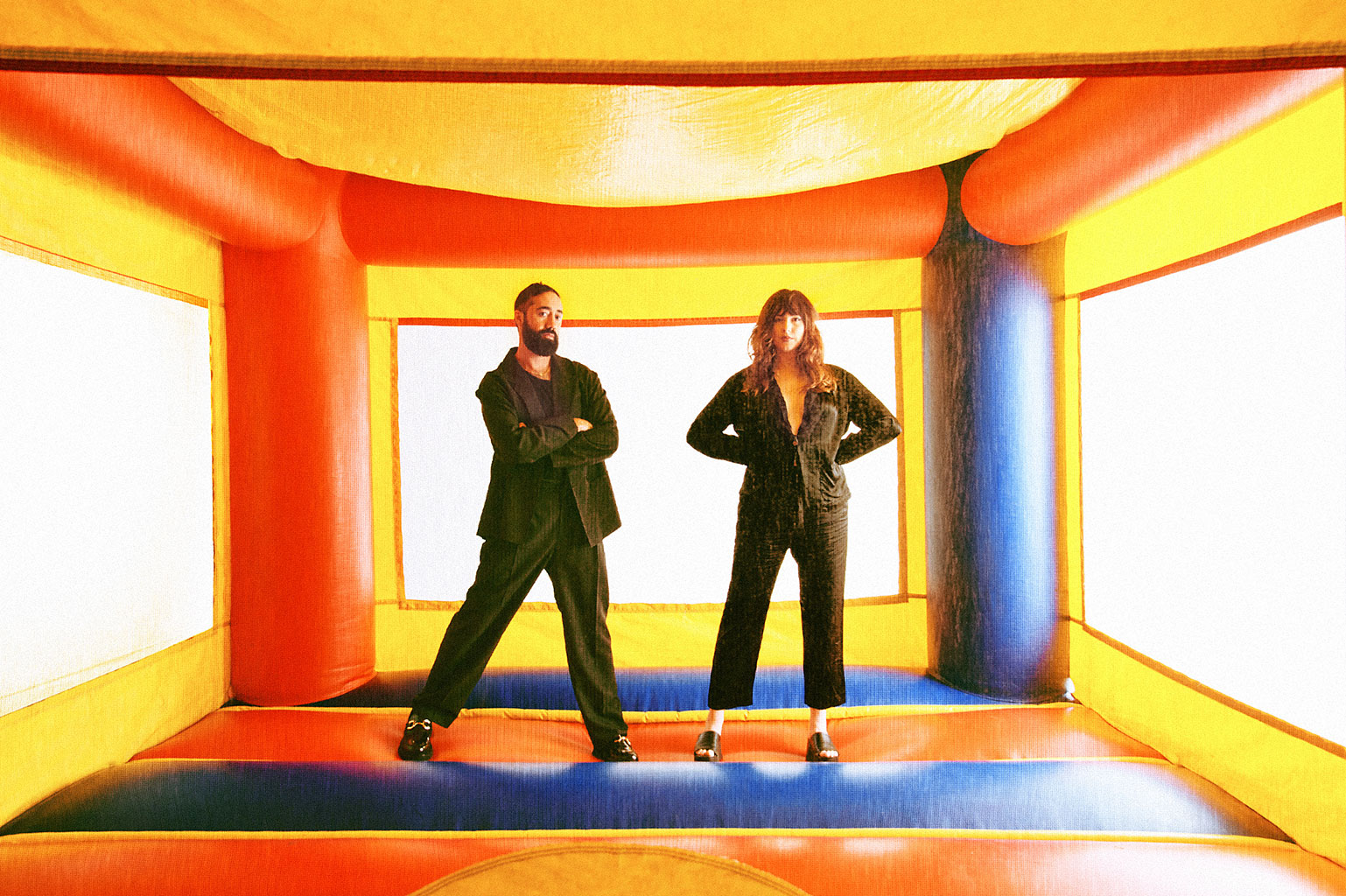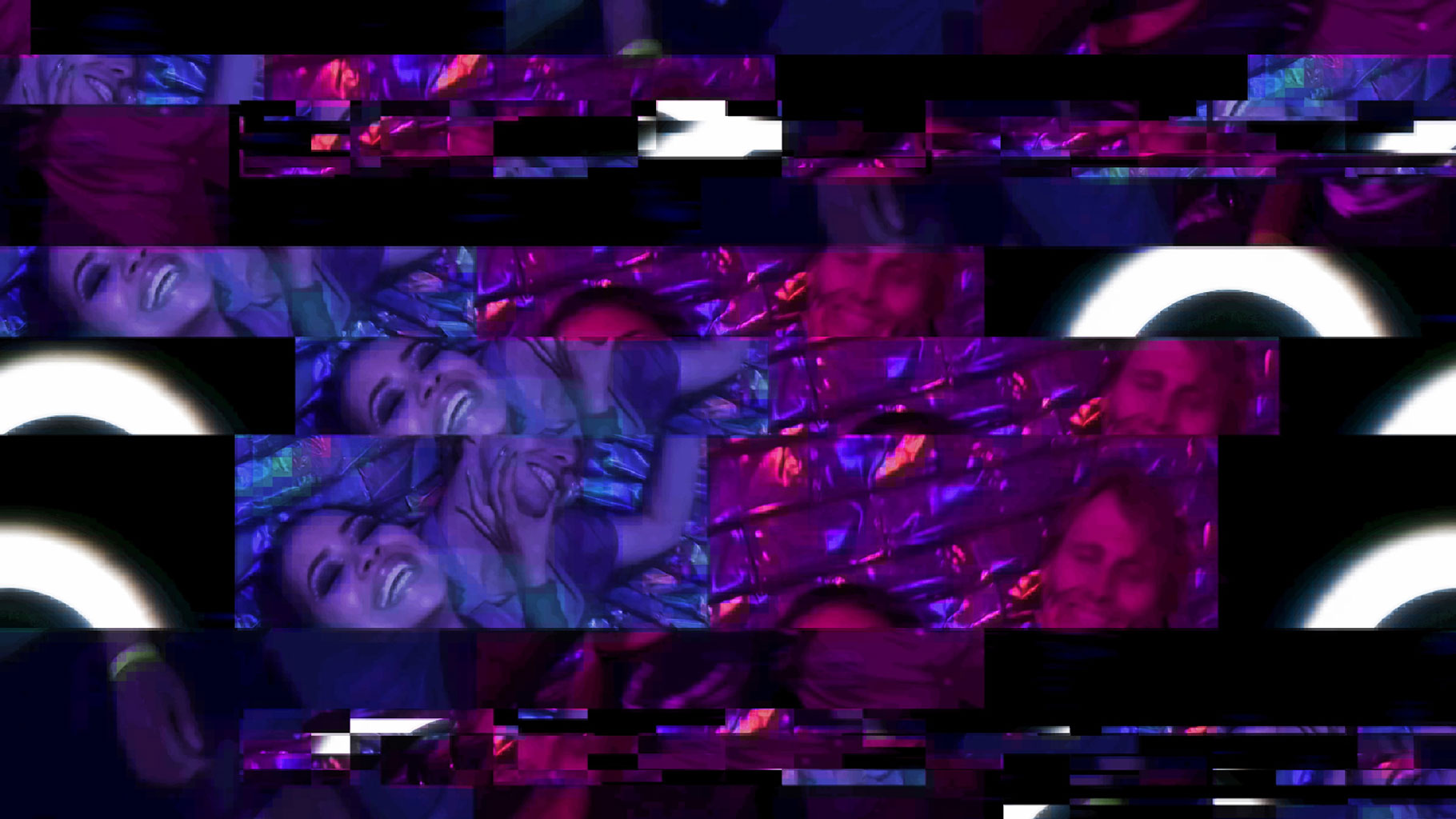The Crystal Ballroom’s psychedelic history serves as a microcosm for a certain slice of Portland’s underground music history. Starting in 1914, the venue started out as a legit ballroom for “social dancing”, at a time when public lasciviousness was frowned upon. During the Great Depression, “Dad” Watson predicted Portland’s infatuation with the “old timey”, hosting a series of old-fashioned dance revivals to boost public morale. The Crystal Ballroom also served as a safe place where African-Americans could celebrate their culture with regularly hosted formal dances, before beginnings its most legendary stint as a Psychedelic Ballroom in the ‘60s.
Looking back over the Crystal Ballroom’s 102 year history, it stands as a symbol of freedom and equality for all – old and young, black or white, mod or rocker. In this way, the Crystal is a living embodiment of both the Aquarian season and the liberating promise of psychedelia, both of which encapsulate all that is good and right and holy about the City Of Roses.
 The Sabertooth Microfestival, now in its second year, does the same thing for the history of Portland’s underground music, and psychedelia in general.
The Sabertooth Microfestival, now in its second year, does the same thing for the history of Portland’s underground music, and psychedelia in general.
While the words “psychedelic music” might instantly evoke images of “far out” oil projections throwing bulbous amoeba on the walls while Big Brother & The Holding Company or The Grateful Dead jam on for hours, it’s a little bit dismissive. Taken in whole, especially once you start considering the contributions from outside of classic rock, psychedelic music traces the trajectory of Western culture getting used to its place in the wider world. Ravi Shankar’s carnatic ragas are psychedelic; so are John Fahey’s Indian / American hillbilly / noise / musique concrète fusions. Karlheinz Stockhausen’s atonal electronic blasts are an example of psychedelic futurism, paving the way for rave and avant-garde electronica, both of which are also psychedelic. The doom-addled, pot-and-speed bong-and-devil worship of Black Sabbath, and all that followed in their wake, are also psychedelic.
Considering that string of names, it can be hard to put a finger on what exactly “psychedelic” means. But this is all noise and chatter that I was ruminating on as I wound my way through Portland’s swanky Pearl District, on my way to see one of my favorite Pacific Northwestern psychedelic metal outfits: the infamous EARTH.
EARTH
EARTH have been wildly different each time I’ve seen them live — a band as shape-shifting and mutable as psychedelia itself. This time was no different, with the band bulked up to a mighty five members: three guitarists, a bassist, and a drummer. For those who aren’t aware, (very few, no doubt), it could be argued that EARTH are single-handedly responsible for kickstarting the drone/doom metal movement of the 21st century, starting off with their influential opus 2. Sunn O))) started off as an Earth cover band, spawning hoards of black-clad, devil and fashion-worshipping guitar slayers, meditating and ruminating on the beat.
Despite being entirely instrumental, EARTH’s sprawling guitar meditations seem to inherently evoke images of Pacific Northwestern wilderness — of ancient birch and aspen forests reaching up to scratch the sky, as rusted metal behemoths hauling tree corpses rush past on decrepit roads with no shoulder. Sonically, there’s not much to support this image, as EARTH’s music mainly draws upon Ennio Morricone Western soundtracks, filtered through ‘70s hard rock, stripped of vocals and sprawled out to abstraction, filtered through a lens of Shane McGowan’s fae-worship.
Superstition; spiritualism — call it what you will — has always been the domain of the working class. While ancient farmers and forest-dwellers may have set tales of The King Beneath The Hill and the Shining Land to traditional folk song, Dylan Carlson — EARTH’s mainstay and captain — filters that spirit through ‘70s hard rock, like Blue Cheer or Blue Oyster Cult, by incorporating modern angst and id into age-old traditions. Over the span of the hour EARTH played, one could imagine dragon-powered Viking ships and misty Celtic druids worshipping the stars, as well as a glue-sniffing, donut-munching frizzy-haired stoner rocking out in a Chevy Impala. It’s like Gummo meets Children Of The Stones, or Charles Burns’ updating Elgar’s The Dream Of Gerontius for Western Washington.
EARTH have never sounded better, in my experience. They were also a lot fuller, thicker, and more rocking than the last few times I’ve seen them. Stately baritone melodies came from Carlson’s axe-wielding wingmen, while Carlson held it together like an antlered Master Of Ceremonies. An altogether auspicious start.
Super Furry Animals
Psych legends Super Furry Animals closed out the show with an altogether different mood. Super Furry Animals are a band of Welsh wizards, who’ve been playing a wonderful but confusing mixture of classic rock, folk rock, live electronic music and experimentation into a heady blend since 1990. Think The Beatles meet The Flaming Lips and Daft Punk, with occasional bursts into some T-Rex acoustic sing-alongs and general oddity and weirdness.
SFA played a cross-section of their thick discography against blurry, dreamy backdrop of mind-melting visuals. There were ballerinas aplenty, and a many-armed goddess made an appearance, with the band sporting white jumpsuits and sometimes crash helmets. Lead singer Gruff Rhys worked the crowd, taking the stage with some Dylan-esque cue cards telling people to “applause”, “clap harder”, and, my favorite: “go apeshit.” And go apeshit the crowd did, albeit in a somewhat polite Portland fashion. Super Furry Animals were total pros at breaking the ice, getting people involved to have a genuine, cosmic concert experience, which sometimes seem in danger of extinction.
This band deserves to be more popular. Their mixture of clean, precise mod pop rock is quite in line with today’s Cosmopolitan sensibilities; for a groovy, head-bopping good time, while they are some of the best live dance music I’ve seen. I could imagine people losing their shit to SFA at Coachella. In a just world, it would happen.
Towards the end of their set, the band played a song called “Earth”, which has never been recorded, in honor of their esteemed openers. Gruff Rhys asked, in stilted English, for people to put their hands up like antlers by our heads, to “increase psychic sensitivity”. To their credit, they got a nearly 99% participation rate. As we stood there, looking like Bullwinkle The Moose, and the band simply intoned the word “Earth”, I swear to the Gods, it worked. You could feel people leaning in, getting interested.
Psychic powers honed during Beatles-esque pop numbers, style, fashion, smiles, rock n’ roll, boogieing down on a Friday night; THIS is the Portland we remember, the Portland we all love. Cheers to Sabertooth PDX and the bands for helping us to remember, and cheers to the Sabertooth Micro Fest crowd for being one of the awesomest gatherings I’ve come across in a minute.
Ω






